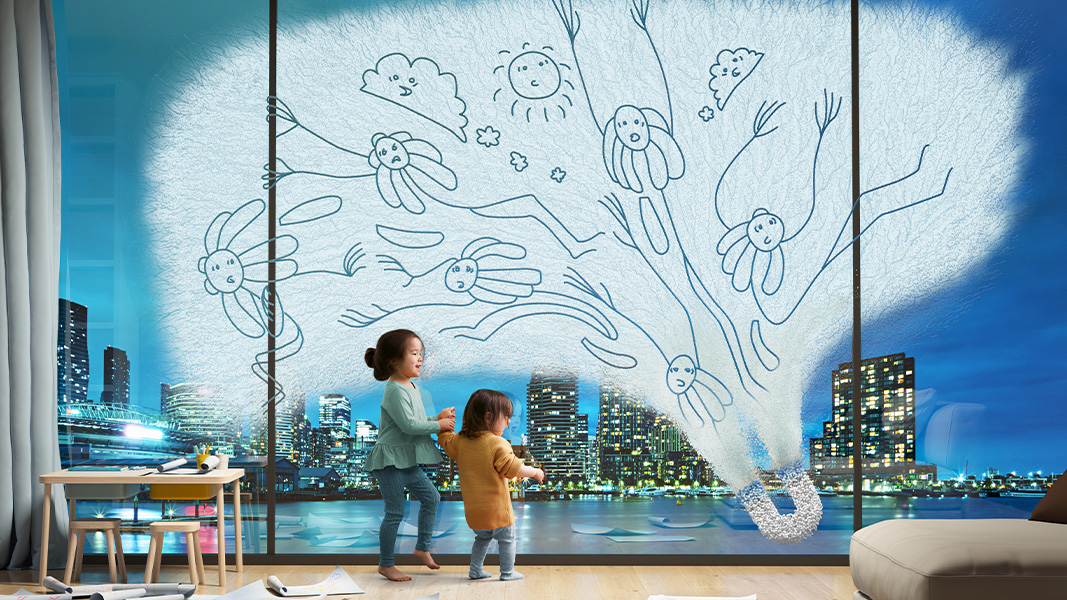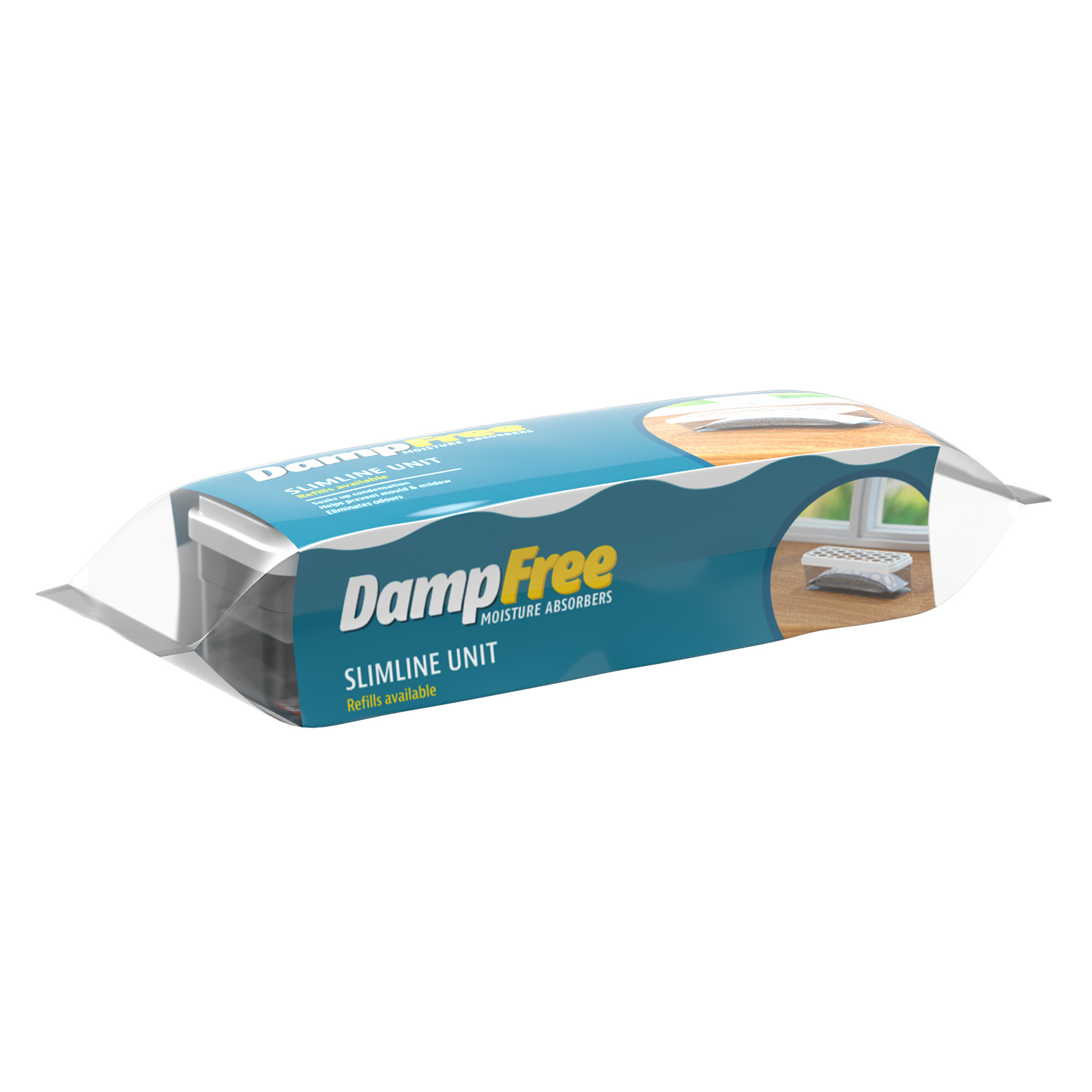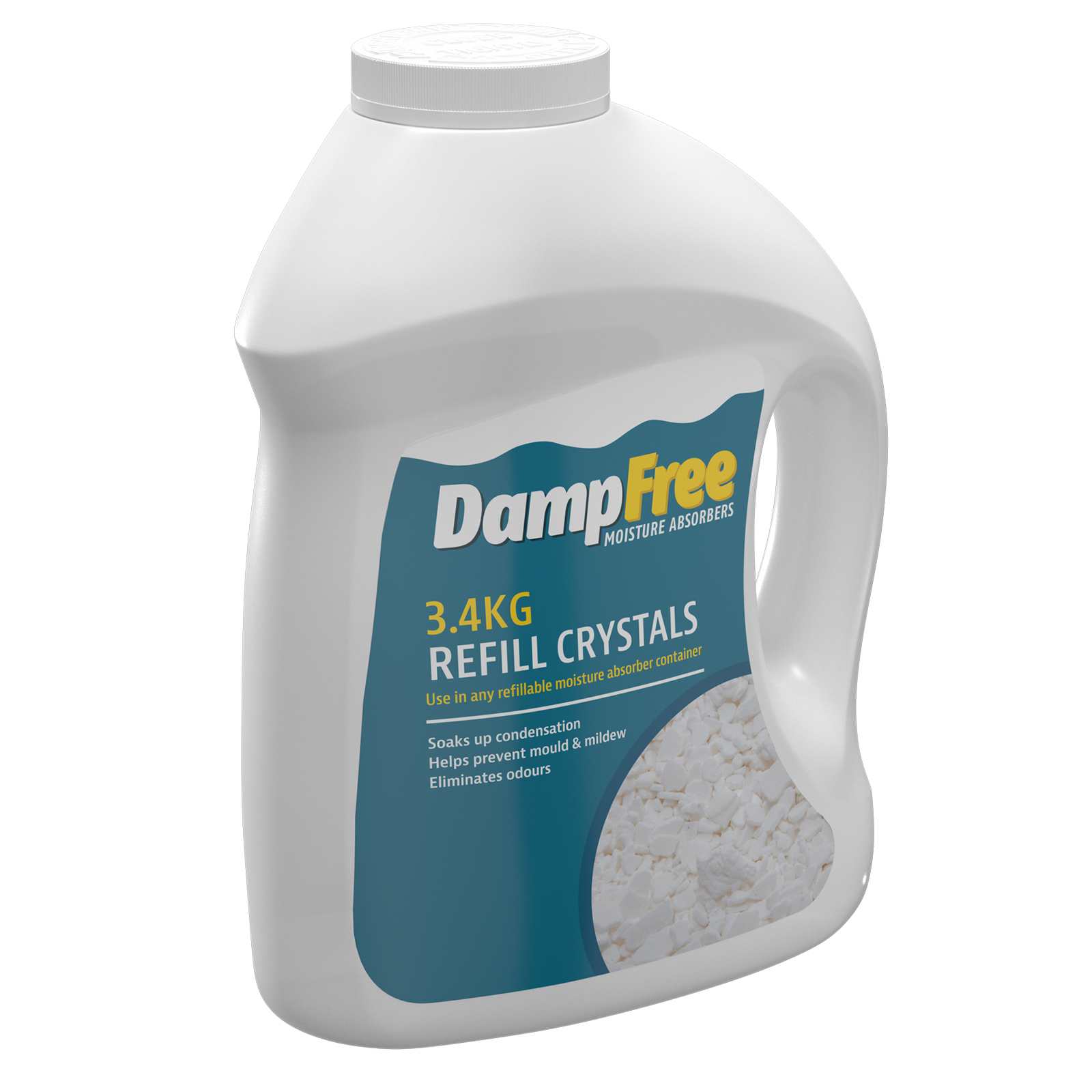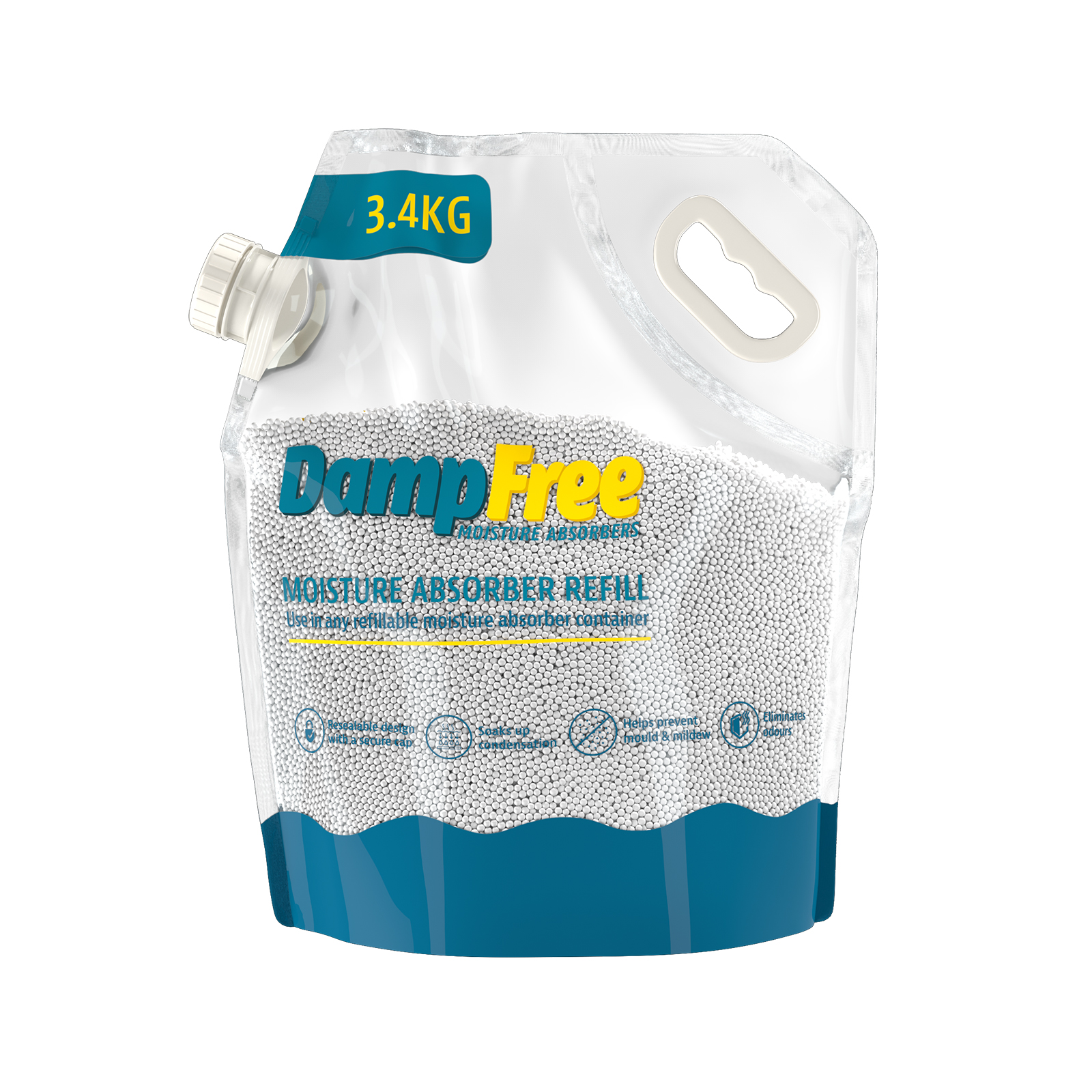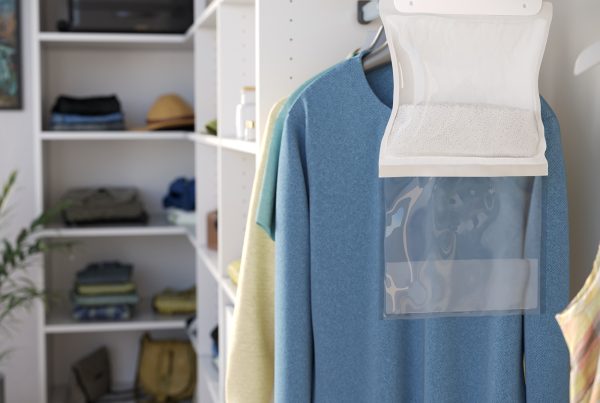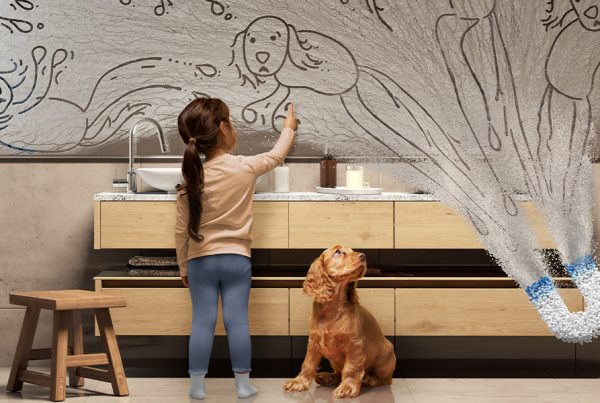Condensation: Why It Happens and How to Manage It
Condensation occurs when warm, moist air meets cooler surfaces, leading to the formation of water droplets.
While it may seem minor at first, persistent condensation can cause a range of problems inside the home and in vehicles such as cars, caravans, and boats. Over time, it can lead to damp patches, mould growth, musty odours, and damage to surfaces, fabrics, and stored belongings.
Common problem areas include window sills, kitchens, bathrooms, laundries, wardrobes, storage rooms, and enclosed vehicle interiors where airflow is limited.
Why Condensation Happens
Steps to Manage and Prevent Condensation
Taking simple, proactive steps to manage moisture and ventilation can significantly reduce condensation problems, keeping your home and vehicles fresher, drier, and healthier.
Increase Ventilation
Allow fresh air to circulate by opening windows and doors regularly. Use extractor fans in kitchens, bathrooms, and laundries, and ensure vents in vehicles and caravans are unobstructed. Improving ventilation helps release humid air before it turns into condensation.
01
Reduce Moisture Sources
Minimise activities that add excess moisture indoors. Use lids on pots when cooking, vent clothes dryers outside, and dry washing outdoors when possible. In vehicles, avoid storing wet items and wipe down any damp surfaces promptly.
02
Maintain Consistent Temperatures
Keeping a steady, moderate indoor temperature helps reduce cold surfaces where moisture can settle. In homes, consistent heating and insulation help; in vehicles and caravans, using ventilation and occasional heating prevents cold spots that encourage condensation.
03
Use Moisture Absorbers
Moisture absorbers like DampFree can help naturally control humidity when placed on window sills, in wardrobes, cupboards, laundries, kitchens, bathrooms and even vehicles. By drawing excess moisture from the air, moisture absorbers help prevent water droplets forming on windows and other surfaces, protecting against mould, dampness, and odours.
04
Taking simple, proactive steps to manage moisture and ventilation can significantly reduce condensation problems, keeping your home and vehicles fresher, drier, and healthier.

